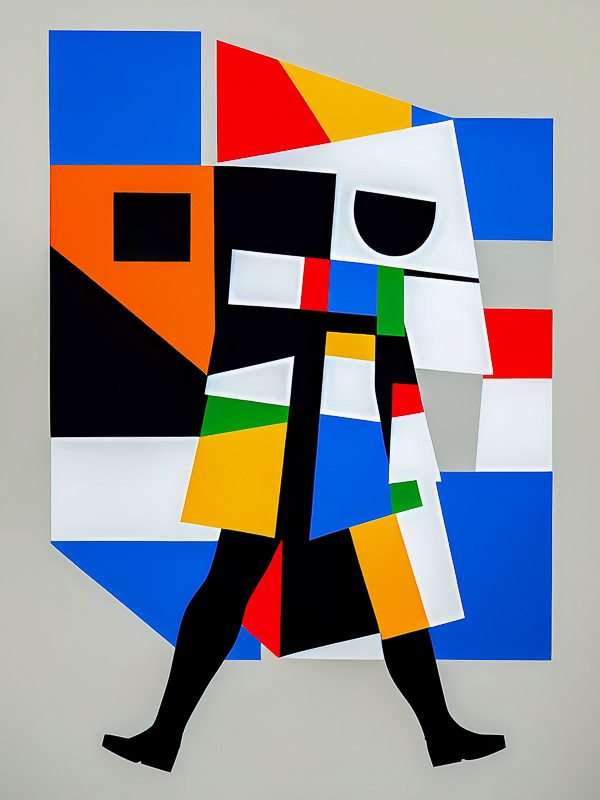Abstract Art: Suprematism
What is Suprematism?
Suprematism, pioneered by Kazimir Malevich in the early 20th century, is an abstract art movement rejecting representation in favor of geometric shapes, primarily the square and the circle. It seeks to evoke pure artistic expression and transcend visual reality, emphasizing the supremacy of pure form and color. This radical movement emerged in Russia, influencing modern art with its emphasis on non-objective, non-representational compositions. Malevich’s iconic work “Black Square” symbolizes the movement’s quest for a new artistic language beyond figurative representation.
Differences between Suprematism and Abstract Art:
Differences between Suprematism and Abstract Art:
1. Movement vs. Category:
– Suprematism is a specific art movement with a defined set of principles, primarily associated with Kazimir Malevich.
– Abstract art is a broader category encompassing various styles that prioritize non-representational elements but includes a diverse range of approaches.
2. Geometric Focus:
– Suprematism places a strong emphasis on geometric shapes, particularly squares and circles, as primary elements of artistic expression.
– Abstract art may or may not incorporate geometric shapes, and it encompasses a wider variety of forms and styles beyond strict geometry.
3. Color and Form:
– Suprematism often features a reduced color palette and minimalistic compositions, highlighting the purity of form and color.
– Abstract art can explore a wide range of color palettes, forms, and expressions, allowing for greater diversity in artistic choices.
4. Pioneering Artist:
– Suprematism is closely associated with Kazimir Malevich, who pioneered the movement and introduced key concepts like the “Black Square.”
– Abstract art has multiple pioneering figures across different sub-genres, such as Wassily Kandinsky in abstract expressionism and Piet Mondrian in geometric abstraction.
5. Philosophical Underpinnings:
– Suprematism is often linked to philosophical ideas about the spiritual and the absolute, with an emphasis on transcending visual reality.
– Abstract art may draw from various philosophical and artistic concepts, and not all abstract artists share the same underlying philosophy.
In summary, while Suprematism is a specific movement within the broader category of abstract art, the main distinctions lie in its geometric focus, minimalistic tendencies, association with specific artists, and philosophical underpinnings.



